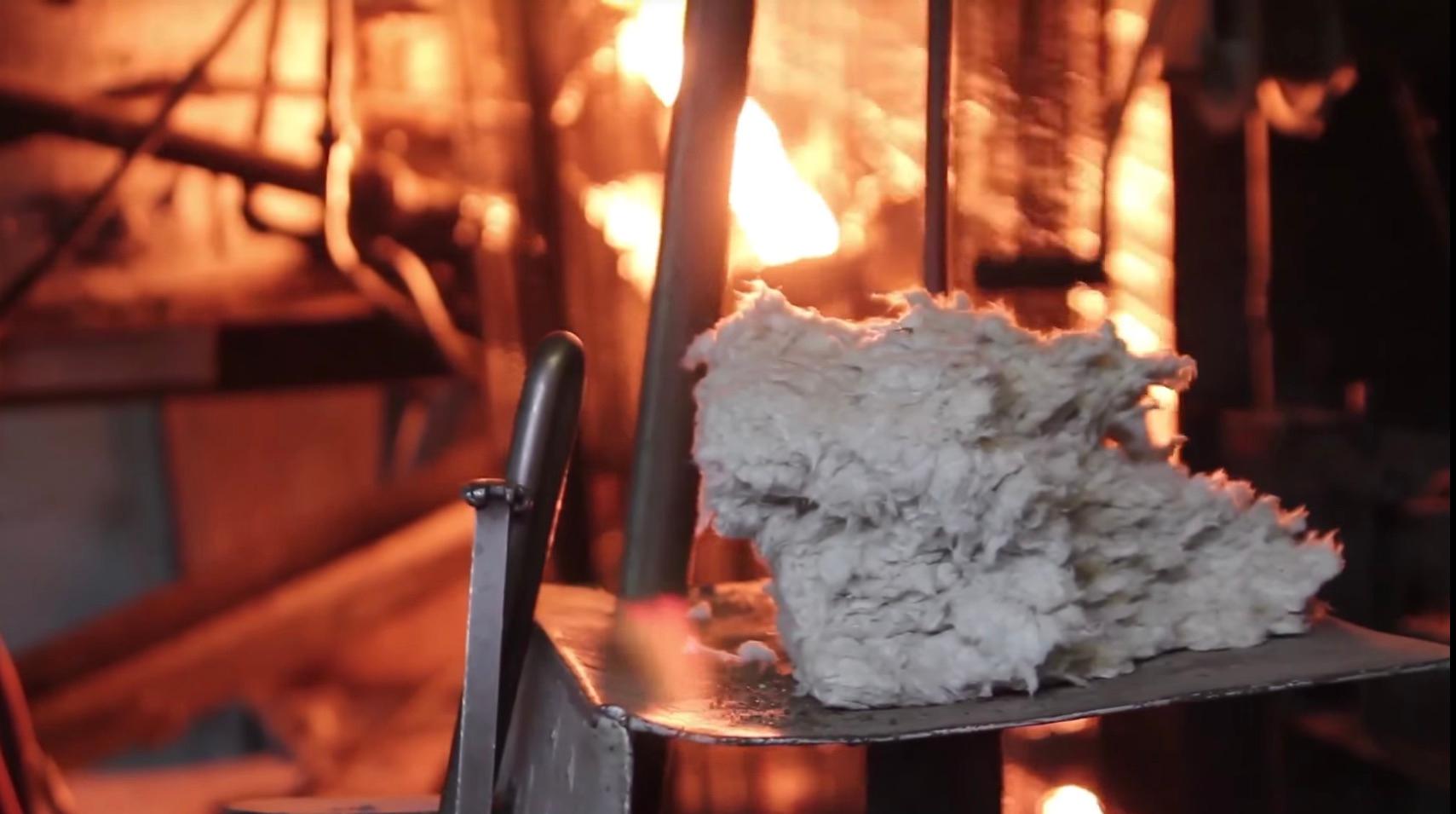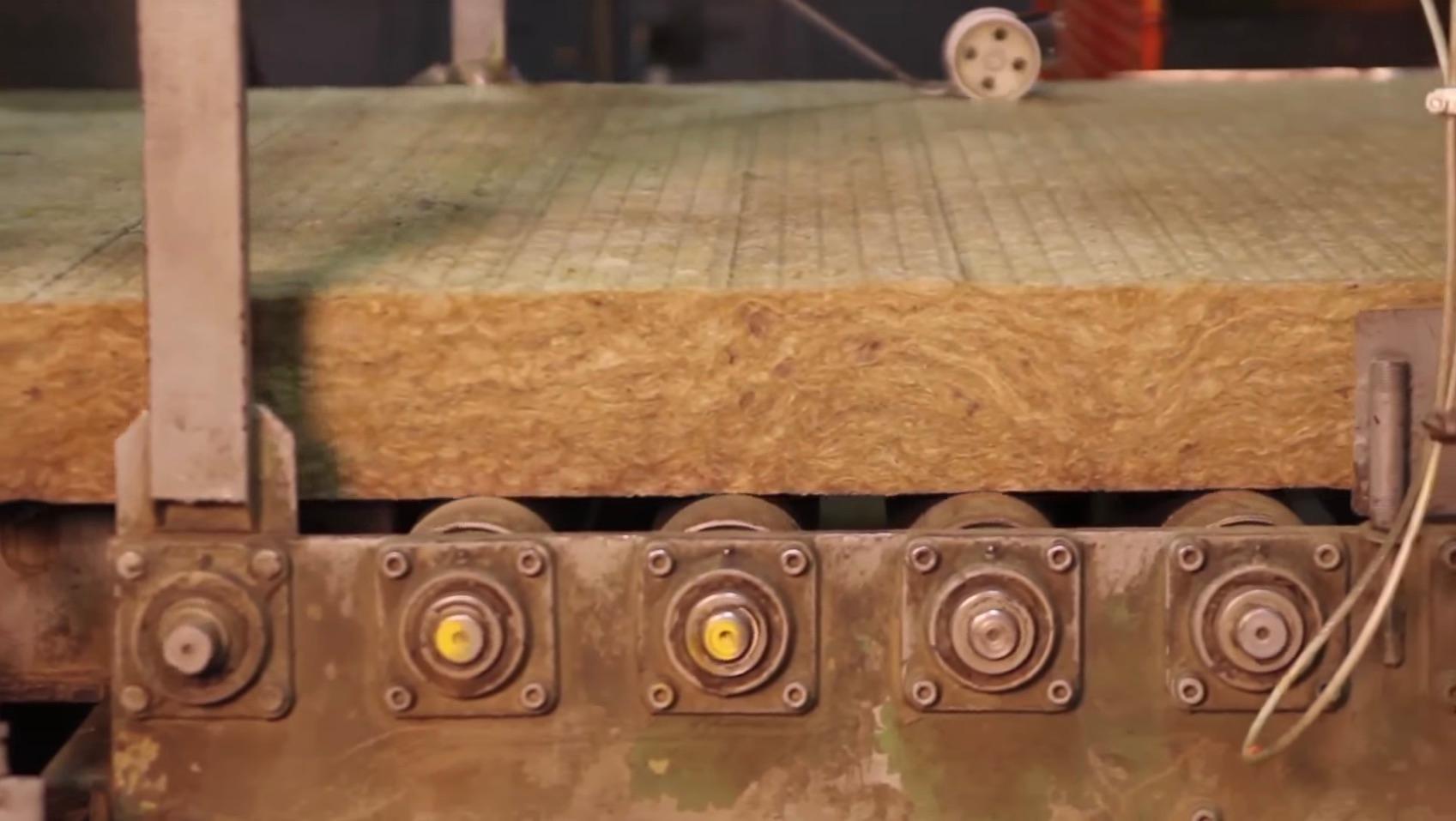What Is Stone Wool? This Eco-Friendly Insulation Repels Fire And Water
The material is spun from volcanic minerals, and perfect for building.
Updated May 25 2019, 4:13 p.m. ET
You're probably familiar with fiberglass insulation, the bright pink material that lines the walls of so many homes. But what about stone wool insulation?

While fiberglass insulation is made with recycled glass, stone wool (also called rock wool or mineral wool) is even more sustainable. It comes from natural igneous rock — the kind that forms after lava cools — and a steelmaking byproduct called slag. These substances are melted and spun into fibers to create the insulation. Over the past few years, stone wool has gained traction with eco-conscious architects and designers.
"I encourage or really demand that all my contractors use non-toxic, formaldehyde-free insulation," says Tracey Stephens, who runs the eco-smart firm Tracey Stephens Interior Design. "The one we’re using now that we’re really excited about is called Rockwool."
Rockwool, formerly known as Roxul, is one of the biggest stone wool companies on the market. But regardless of brand name, stone wool comes with some incredible features. It naturally muffles sound, and repels both fire and water.
"I was at a trade show last month and one of the displays was a piece of this installation with a flame under it, constantly burning," says Stephens. "Nothing happening. Another one had water dripping on it, and nothing happening. Then they had this hallway constructed where you walk in from the very loud convention floor and through this little hall that has the insulation in it and it was dead quiet. It was amazing."
What makes stone wool more sustainable than fiberglass? Well, for one, it contains more recycled material. According to the U.S. Department of Energy, fiberglass insulation typically contains 40-60 percent recycled content, while stone wool averages 75 percent.
Stone wool is also more energy efficient. Compared to fiberglass, it boasts a higher R-value. This number is used to measure how well a material resists thermal energy transfer — basically, how well it insulates. Good insulation slows heat from leaving your home in the winter, and entering your home in the summer. So it's a big factor in your overall energy use. Stone wool has an R-value of 3-3.3 per inch, edging out fiberglass's R-value of 2.2-2.7 per inch.
Stone wool has faced controversy over its formula, as manufacturers traditionally used a formaldehyde binder to create it. But that practice is on its way out. Major companies have rolled out formaldehyde-free options in the past year, making stone wool an even safer option for your home.
You can find stone wool insulation in home improvement stores, or talk to your contractor about using it. How It's Made has more information on the manufacturing process:
And if you'd like to explore your insulation options even further, be sure to check out the current innovations in chicken feathers.


